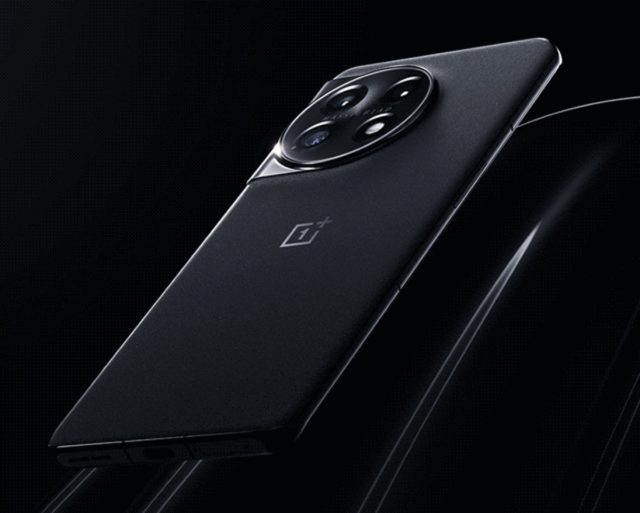In China, the OnePlus 11 was formally announced ahead of its global debut on February 7. It features the latest and greatest chipset, memory, and cameras, despite not having a Pro in its name. Unsurprisingly, the phone comes with the latest Qualcomm mobile chipset. It also comes with high-end camera sensors and a faster storage module.
The device is powered by a Qualcomm Snapdragon 8 Gen 2 SoC paired with LPDDR5x RAM, UFS 4.0 storage, and VC liquid cooling system.
The OnePlus 11 is built around a new 6.7″ LTPO 3.0 AMOLED display with 1440p resolution. It can refresh at 1Hz to 120Hz refresh rate with over 100 apps promised to support the granular adjustment.
The phone is built around a new 6.7″ LTPO 3.0 AMOLED display with a resolution of 3216 x 1440 pixels. It can refresh at 1Hz to 120Hz refresh rate with over 100 apps promised to support the granular adjustment. The fingerprint sensor is located underneath the display.
OnePlus 11 has a triple camera system on the rear, powered by Hasselblad tuning. Among the features are an OIS-assisted 50MP Sony IMX890 primary sensor, a 48MP Sony IMX581 secondary sensor with a wide lens and macro vision support, and 32MP Sony IMX709 RGBW tertiary sensor with a 2x telephoto lens. The front camera is 16MP.
The phone draws power from a 5,000mAh battery and carries support for 100W fast wired charging. But there is no wireless charging support. OnePlus 11 launching in China with Color OS 13 on top of Android 13, but global models will stick with Oxygen OS.
The phone comes with all the essential connectivity options, such as dual SIM, 5G, WiFi 6, Bluetooth 5.3, GNSS, NFC, and USB Type-C. It also comes with a bionic vibration motor and dual stereo speakers.
The phone arrives in Green and Black colors, with the former bringing a glass rear panel, while the latter has sandstone-like finish. Priced at only $580 in China, but with a global price tag expected to be considerably higher.






